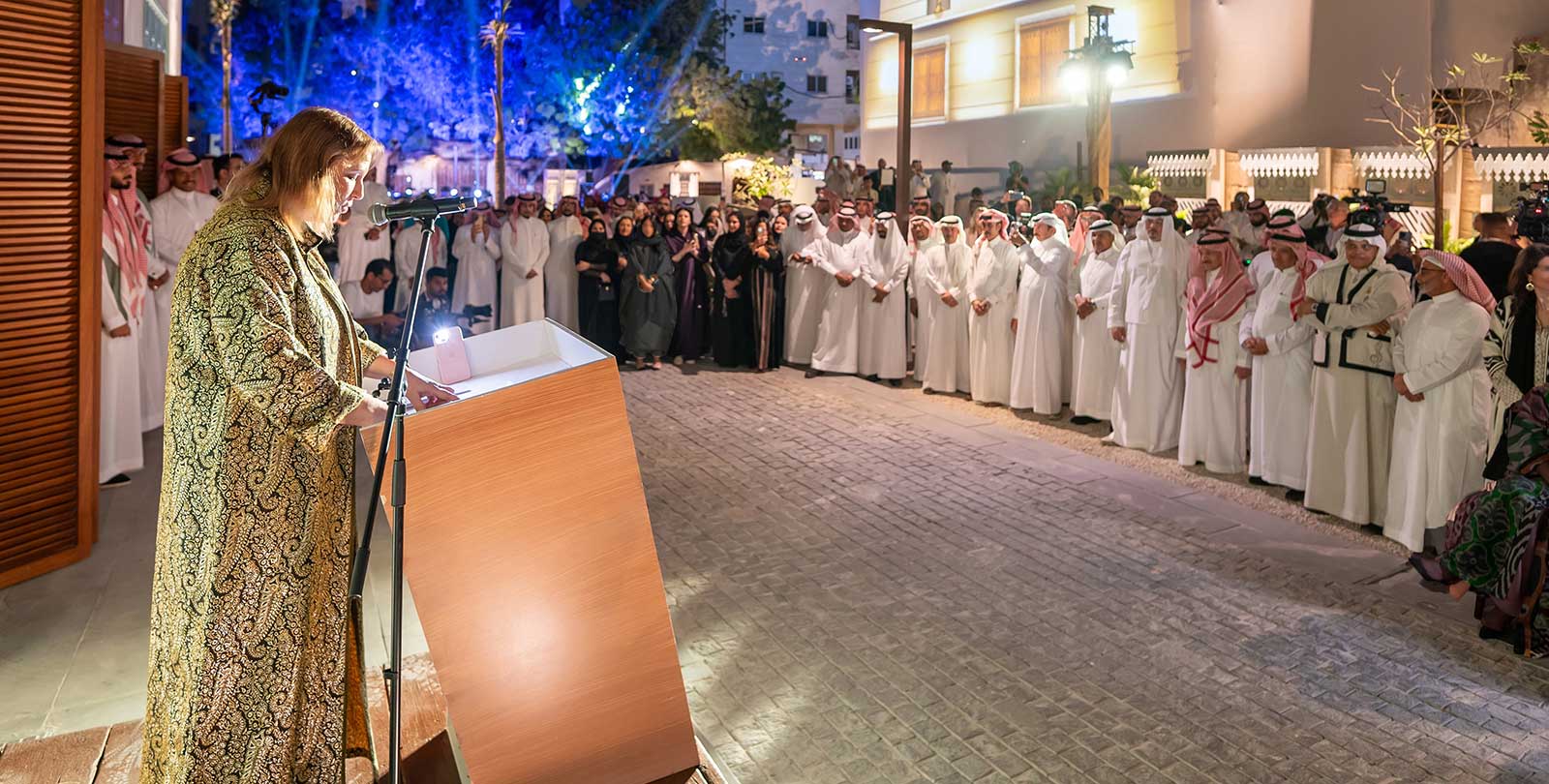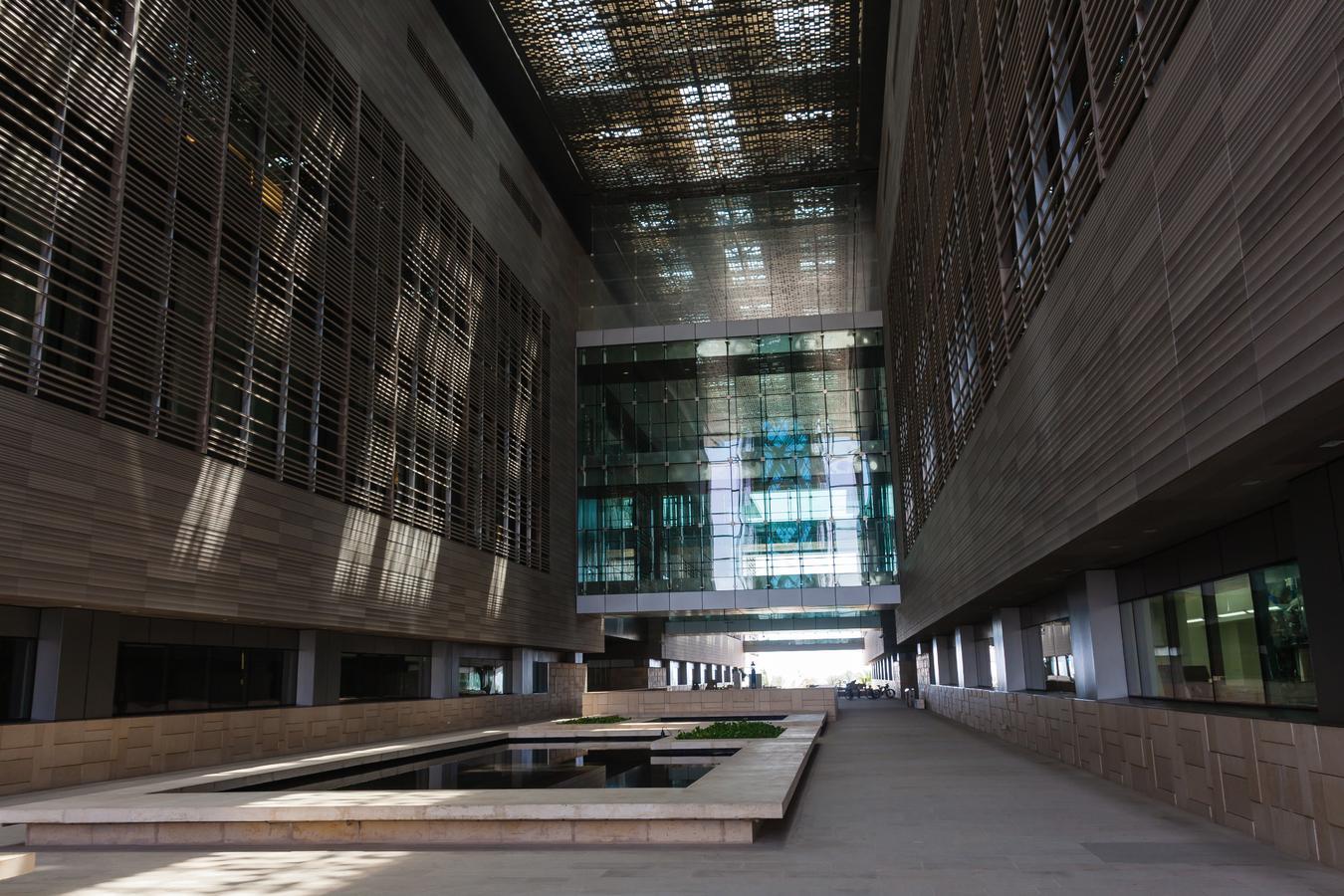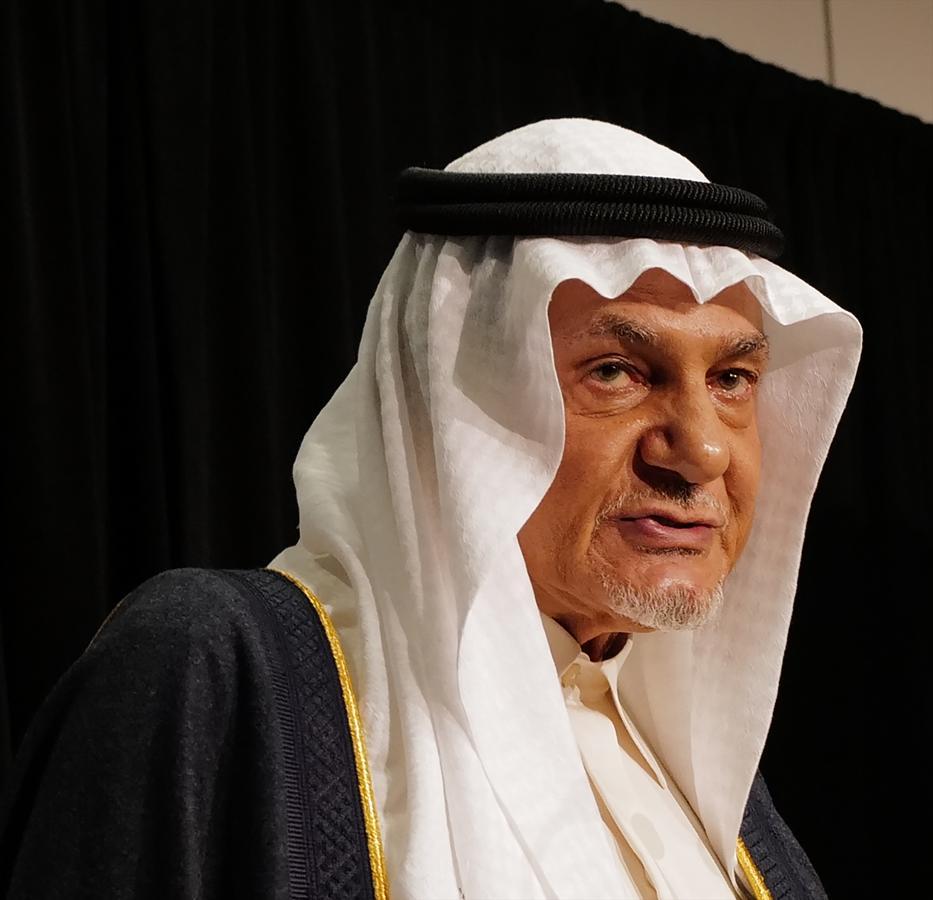A recent report by the Arab Gulf States Institute in Washington highlighted the Gulf’s accelerating shift toward electric vehicles. In Saudi Arabia, however, the transition reveals a deeper interplay between policy, infrastructure, and social perception.
Saudi Arabia’s shift toward electric vehicles (EVs) is as much a societal recalibration as it is an economic one. For decades, a combination of generous fuel subsidies, low domestic electricity prices, and sprawling urban development has entrenched car dependency as a structural and cultural norm. According to the King Abdullah Petroleum Studies and Research Center (KAPSARC), car ownership in the Kingdom grew from 1.8 million in 2000 to over 9.2 million in 2016—an average annual increase of 10.4%.
The electrification of transport, now promoted through government policy and investment, presents both logistical and cultural challenges. The idea of powering cars with electricity—historically viewed as unreliable in parts of the country—sits uneasily with public perception, especially outside major cities. Older generations, in particular, are unaccustomed to seeing electricity as a robust alternative to petrol, which remains widely available and affordable. As one Jeddah-based transport analyst put it, “People are still wrapping their heads around the idea of charging a vehicle at home or seeing a charger in the desert.”
The concept of charging stations replacing petrol pumps in both urban and remote areas remains unfamiliar to many. As of 2023, Saudi Arabia had fewer than 1,000 public EV charging points, compared to over 55,000 in the United States and more than a million in China. While plans are underway to install solar- and wind-powered charging stations across the Kingdom, scaling this infrastructure will take time—particularly in areas where the electricity grid itself requires modernization.
Despite these challenges, the state is investing heavily. The Public Investment Fund (PIF) has poured more than $1.5 billion into U.S.-based Lucid Motors and opened a factory in King Abdullah Economic City, with plans to produce 155,000 vehicles annually. Meanwhile, Saudi Aramco and Ma’aden have signed an agreement to jointly explore lithium extraction—an essential component in EV battery production—with commercial output expected by 2027.
KAPSARC projects that under a high-growth scenario, Saudi Arabia could have more than 20 million electric vehicles on the road by 2050. This would require up to 47.7 terawatt-hours of electricity annually—roughly 12% of current national generation levels. Yet even in that optimistic scenario, internal combustion engine vehicles would still dominate, making up the majority of Saudi Arabia’s projected 29.6 million cars by mid-century.









0 Comments
No comments yet. Be the first to comment!